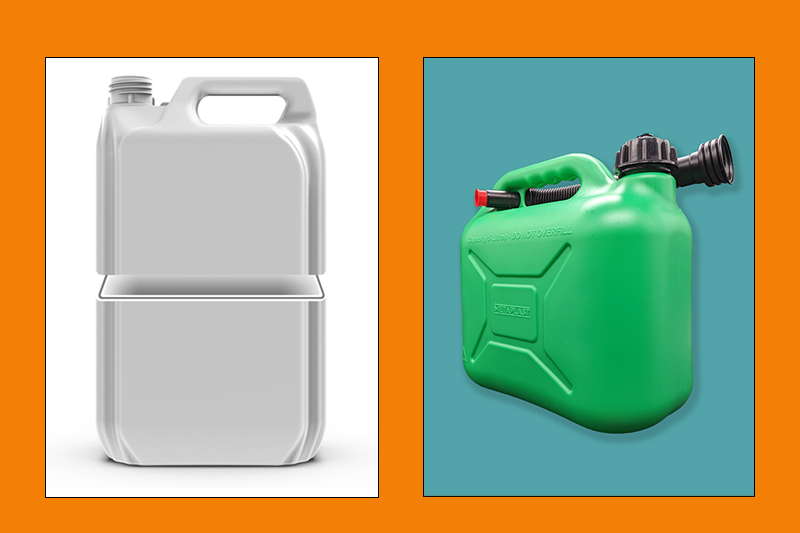What is the difference between coex and HDPE?
High-density polyethylene (HDPE) and coextruded (coex) plastic are both commonly used in the production of plastic containers and bottles and here at Metaplast we have a range of items manufactured from both materials. There are some key differences that make the materials better suited for certain applications and we shall try to cover the main ones in this article.
HDPE is a thermoplastic polymer that is known for its strength and durability. It is used in some of our plastic jerrycans and bottles, and other similar products. HDPE is also a less inexpensive material, which makes it a popular choice for mass-produced consumer goods. In terms of sustainability, HDPE is a recyclable material and can be used to make products such as plastic lumber, containers, and plastic bottles.

Coex, on the other hand, is a type of plastic that is made by combining multiple layers of different materials. This process, called coextrusion, allows for the creation of plastic products that have different properties in different layers. For example, a coex bottle may have an outer layer of HDPE for strength and an inner layer of a different plastic for flexibility. Coex plastic is often used in the production of bottles for products like ketchup, salad dressing, and other similar products. You can see our range of coex products HERE.
In terms of sustainability, coex plastic is more difficult to recycle than HDPE. Due to the multiple layers and different types of plastic used in its production, it is often not accepted by recycling facilities.
If you are looking for a trusted supplier of plastic containers Metaplast can offer both HDPE and coex plastic options. We specialise in larger quantities, but what ever your requirements give us a call us on 01508 495342 or email [email protected] and we will be delighted to assist.

